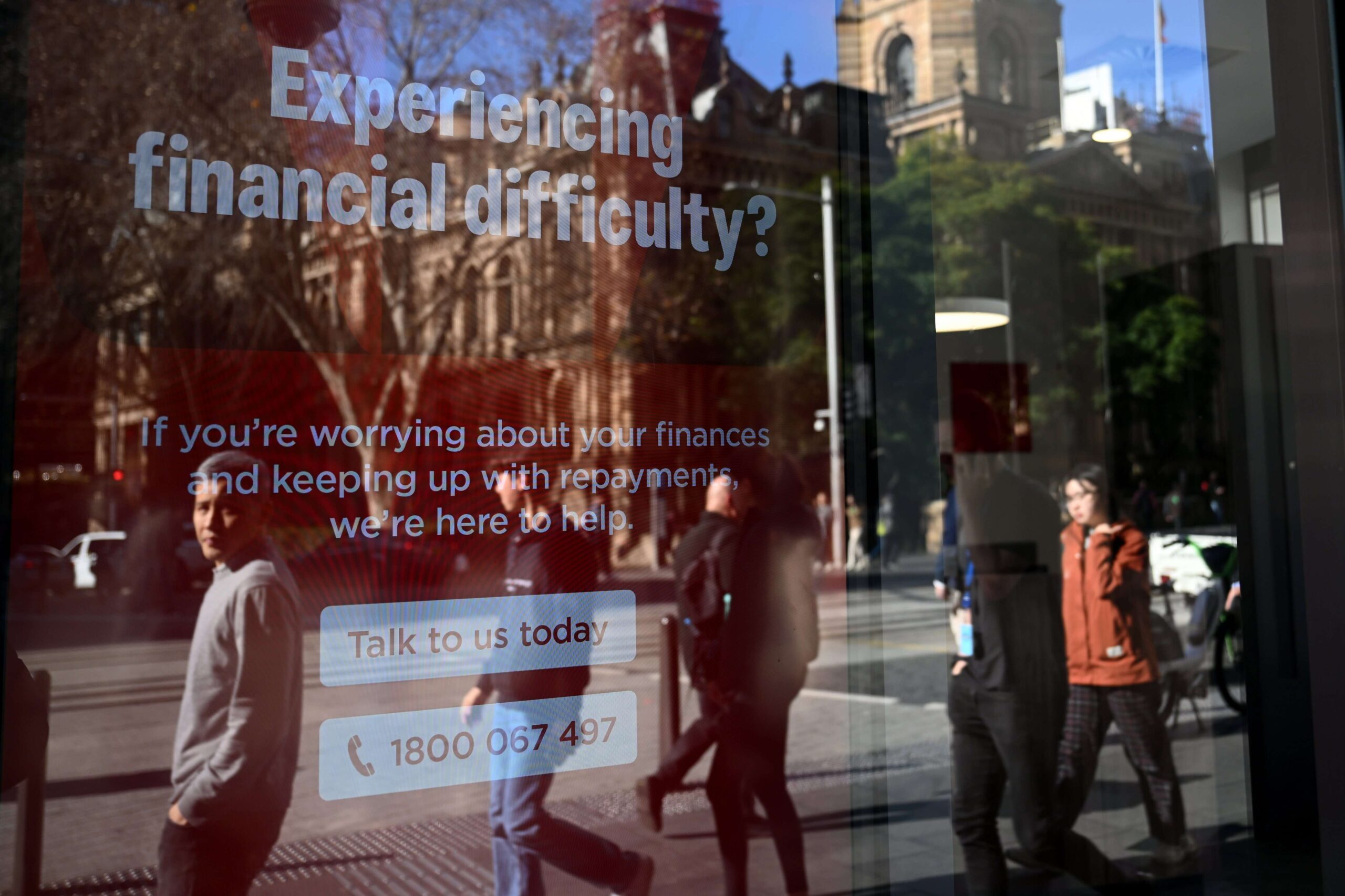
Australian consumers and business face the prospect of a sluggish economy through early 2025, according to leading indicators.
An index of future-focused data points compiled by Westpac and Melbourne Institute “marginally improved” in June while signalling lacklustre growth in the second half of 2024 and early 2025.
“While the signal has improved compared with the weak reads seen in 2023, the picture is still one of stabilisation rather than recovery with the index showing no real direction over the first half of 2024,” Westpac head of Australian macro-forecasting Matthew Hassan said.
June’s leading index comes as CreditorWatch also reported on Wednesday of rising business failures and the value of invoices held by companies hitting record lows.
The outlook for hospitality businesses was particularly bleak, with the credit reporting bureau now expecting one in 11 businesses to collapse in the next 12 months.
CreditorWatch chief economist Anneke Thompson said small businesses were hurting the most because they were more vulnerable to adverse economic conditions than larger businesses.
“They operate on tighter margins and are less able to take measures to cut costs,” Mr Thompson said.
Australia’s economic growth outlook has also been trimmed slightly by the International Monetary Fund to 1.4 per cent for 2024 from the 1.5 per cent forecast in April.
Gross domestic product is then expected to expand two per cent in 2025, unchanged from previous forecasts.
The IMF’s latest economic assessment lands as economists warn persistent price pressures threaten the Reserve Bank of Australia’s inflation fight, which could lead to interest rates staying higher longer.
Much hinges on June quarter inflation data out later in the month, with a strong outcome potentially putting another hike on the table at the August cash rate meeting.
Globally, the IMF’s growth projections were unchanged and inflation had slowed enough to be broadly on track for a soft landing.
Yet deteriorating public finances as well as slowing disinflation progress, particularly due to persistent services price pressures, were highlighted as downside risks to the outlook.
A possible escalation of trade tensions was also identified as potential source of bumpiness along the disinflation path, threatening higher costs for imported goods along the supply chain.
“The risk of elevated inflation has raised the prospects of higher-for-even-longer interest rates, which in turn increases external, fiscal, and financial risks,” the report said.
Treasurer Jim Chalmers said the IMF report was a clear reminder the last mile to bring inflation down “can be a bit harder”.
“The report rightly highlights that uncertainty in the global economy in areas like international trade are contributing to inflationary pressures all over the world and Australia is not immune to those pressures,” he said.
Still, the likelihood rates in the US will come down has increased, raising the possibility of follow-on moves in other economies.
US Federal Reserve Chair Jerome Powell earlier this week suggested that a switch to interest rate cuts is not far off, after data showed inflation declined month-on-month basis for the first time in four years.
Who can be trusted?
In a world of spin and confusion, there’s never been a more important time to support independent journalism in Canberra.
If you trust our work online and want to enforce the power of independent voices, I invite you to make a small contribution.
Every dollar of support is invested back into our journalism to help keep citynews.com.au strong and free.
Thank you,
Ian Meikle, editor





Leave a Reply